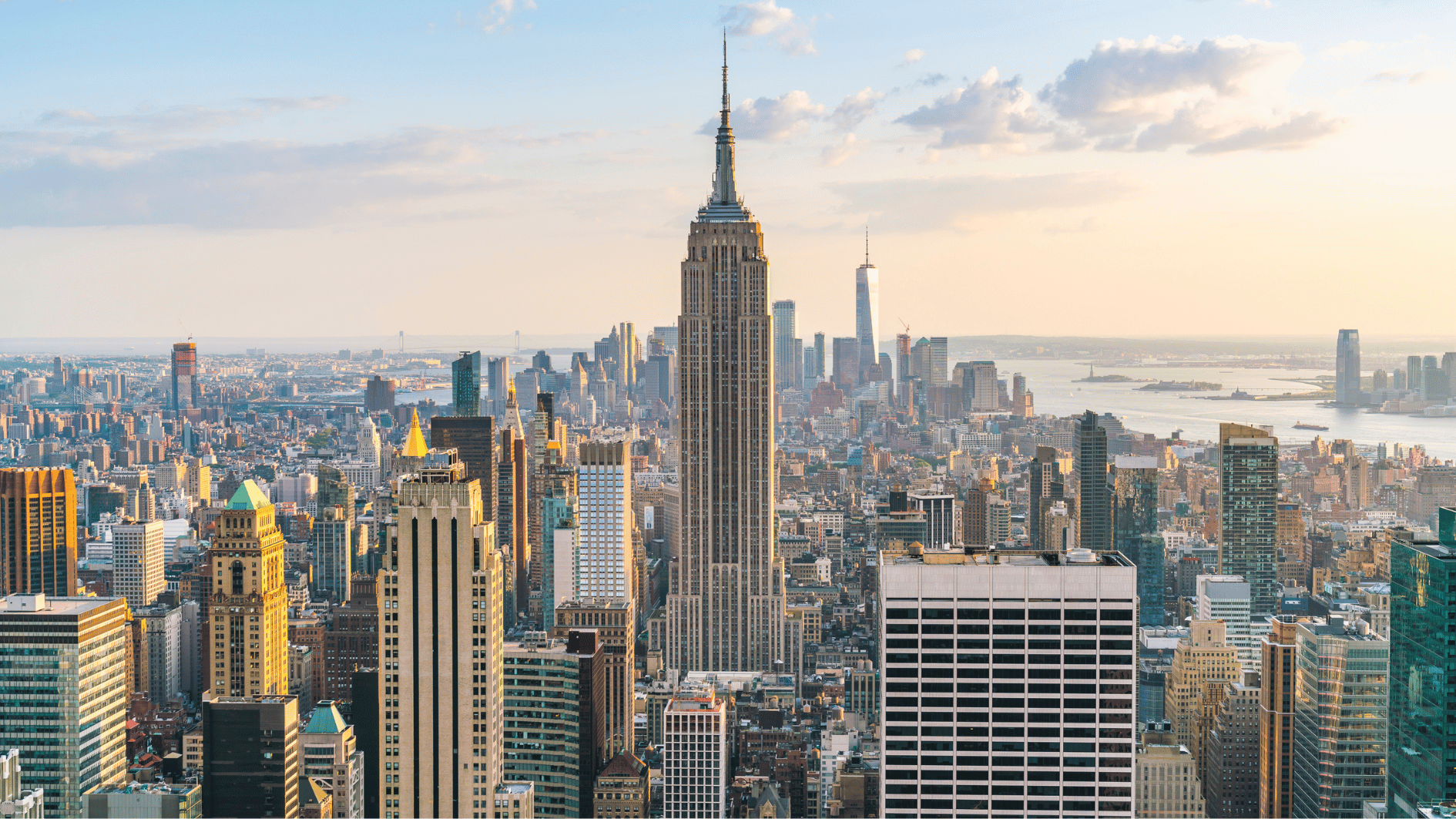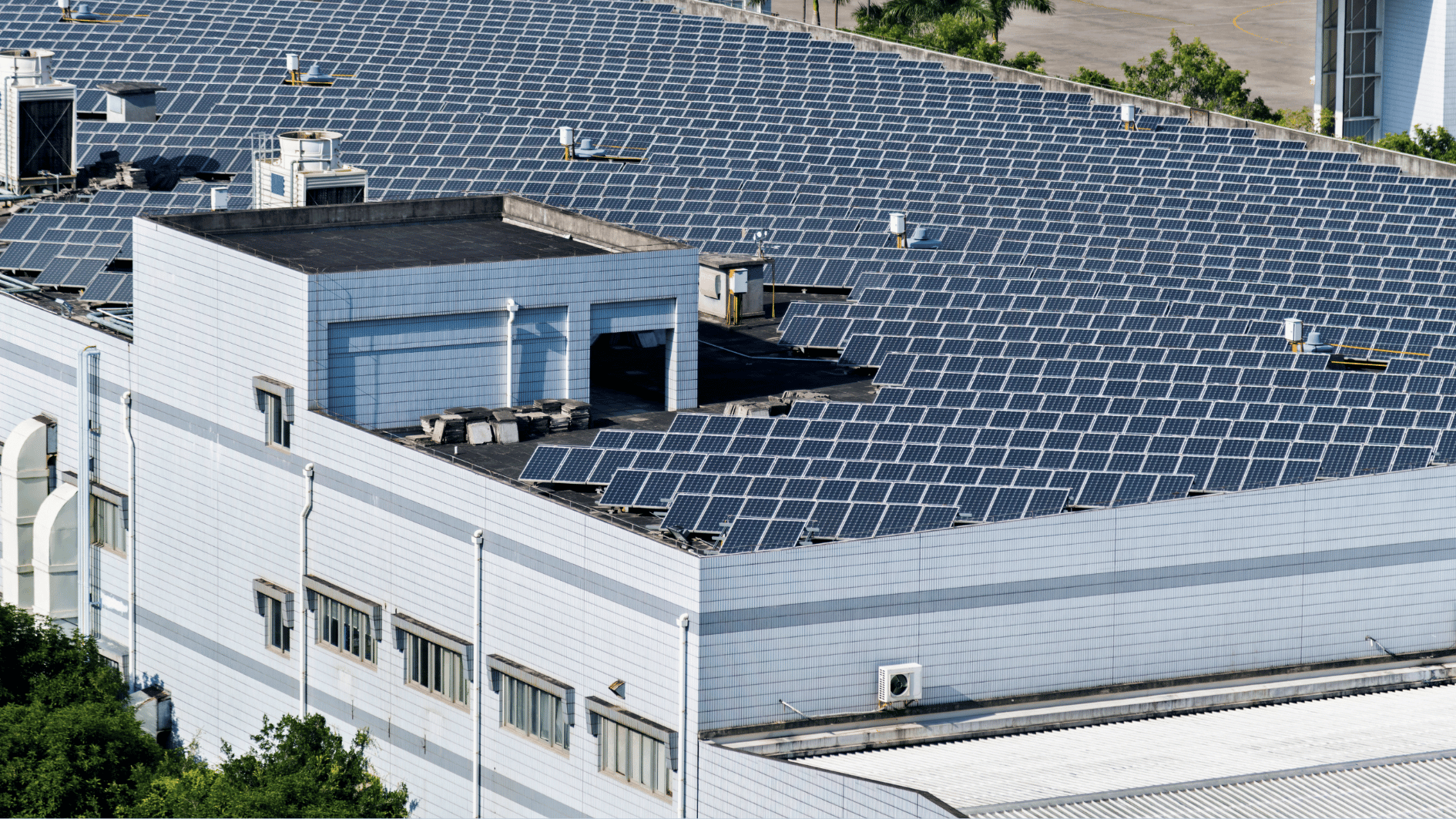Image source: Canva.com
On February 28, 2024, New York City Council members introduced a landmark bill designed to enhance the city’s sustainability efforts and reduce its carbon footprint. The proposed legislation would mandate the installation of solar panels on public buildings, representing a significant step towards the city’s green energy goals.
Key Provisions of the Legislation
The bill stipulates that by the end of 2025, the Department of Citywide Administrative Services (DCAS) must install 100 megawatts (MW) of solar photovoltaic (PV) systems on the rooftops of city-owned buildings. This ambitious plan sets a target of achieving a total installation of 150 MW by 2030, which will also include other city properties such as parking lots and industrial areas.
To ensure the successful implementation of this initiative, the legislation requires DCAS to collaborate with the Mayor’s Office of Long-Term Planning and Sustainability. By the end of 2026, DCAS must develop a comprehensive plan to meet the 2030 solar installation goal.

Steps to Go Solar in New York
Aligning with Mayor Adams’ Vision
The proposed legislation aligns with New York City Mayor Eric Adams’ broader strategy to enhance the city’s solar energy generation and promote a green economy. Last month, Mayor Adams released a green economy action plan outlining over 63 actions to improve building energy efficiency, adopt innovative technology for retrofits, and support commercial retrofits.
Impact on the Local Workforce
The bill specifically prohibits the use of power purchase agreements (PPAs) to meet the solar PV system targets. PPAs typically involve third-party entities installing, operating, and maintaining solar infrastructure, which can streamline the transition to renewable energy. However, the bill’s restriction on PPAs aims to create more job opportunities for unionized workers, including those earning minimum wage and direct city employees.
Lenore Friedlaender, executive director of Climate Jobs NY, emphasized that while PPAs facilitate quicker deployment, the city’s approach will instead focus on involving local unionized workers for routine operations and maintenance. “By taking advantage of the incentives in the Inflation Reduction Act, the City can install solar panels on public buildings across NYC while creating thousands of good jobs,” said Vincent Alvarez, president of the New York City Central Labor Council, AFL-CIO, and principal officer of Climate Jobs NY.

New York’s Key Solar Incentives: A Breakdown
A Holistic Approach to Decarbonization
While the proposed mandate for solar PV installations is a significant step, experts argue that relying solely on solar panels will not fully decarbonize city buildings. Peter Christakis, executive vice president and general manager of the east region at renewables and energy efficiency firm Ameresco, points out the need for a more holistic approach. “Solar PV systems alone won’t fully decarbonize buildings. Instead, a combination of battery storage systems, energy efficiency upgrades, and microgrids is necessary for a comprehensive strategy.”
Related Legislative Efforts
In addition to the solar panel mandate, New York City has introduced separate bills focusing on energy storage systems and cost-effective solar canopies. These initiatives aim to further bolster the city’s renewable energy infrastructure and enhance its sustainability efforts across various city-owned properties.
In summary, the New York City Council’s bill represents a bold commitment to advancing the city’s renewable energy goals and fostering job growth. As the city moves forward with these plans, it will play a crucial role in setting a precedent for urban sustainability and resilience in the face of climate change.





